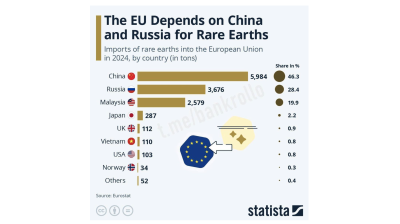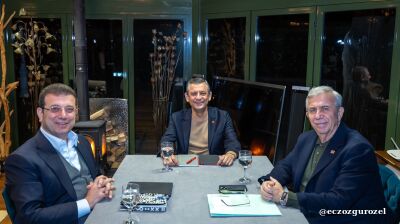The Central Bank of Russia (CBR) cut rates by 50bp on October 24 to 16.5% in an effort to boost flagging growth despite fears of a revival of inflationary pressure due to an upcoming two percentage point hike in the VAT rates at the start of next year. (chart)
The CBR will continue cutting interest rates throughout 2026, as the regulator seeks to rein in inflation without stalling economic growth, Governor Elvira Nabiullina said at the monetary policy meeting.
The bank adjusted its 2025 inflation forecast upwards to between 6.5% and 7% in 2025 from between 6% and 7% before. The CBR also raised its 2026 inflation forecast to between 4% and 5% from 4% previously, partly due to the tax hike, and increased its average interest rate estimate for 2026 to between 13% and 15% from between 12% and 13% before, Reuters reports.
"The current inflationary pressures will temporarily increase in late 2025 and early 2026 because of a number of factors, including price adjustments and the reaction of inflation expectations to the upcoming VAT rise," the central bank said in a statement.
Inflation has been falling faster than expected across the Russian regions and was down to just over 8% in October after Nabiullina launched an unorthodox policy to artificially slow growth using non-monetary policy methods. That has allowed the regulator to put in 400bp of rate cuts this year and brought the total to 450bp with the latest cut.
“Since June, we’ve lowered the key rate by 4.5 percentage points, and we forecast that the easing cycle will extend through all of next year,” Nabiullina told State Duma lawmakers.
Nabiullina said that the central bank was still in the monetary policy softening cycle but will proceed in a “more cautious way” from here. The CBR had been hoping to cut an additional 200bp by the end of this year, but that goal now looks less likely, due to growing pressures on the budget from the war, despite reducing tightness in the labour market and slowing demand as the economy cools.
"We see that demand growth is slowing down, demand overheating is subsiding, and we expect the demand gap to close in the first half of next year," Nabiullina told a news conference.
Russian companies are squirming under the high interest rates and some warn that interest rate payments on loans could cause a corporate debt crisis unless rates are cut deeper and faster. Russian businesses say they need interest rates at around 12% to 14% for investment and economic growth to resume. Nabiullina cautioned that easing too aggressively could “undo progress made against inflation” and force policymakers to raise rates again to dampen rapid rebound in demand.
“What could hurt the economy most is if demand surges before supply catches up,” she said at a joint finance, budget and economy committee meeting.
However, Russia’s economic problems are getting worse as the budget deficit forecast for this year trebled thanks to ongoing high military spending. In an effort to find more cash, the Ministry of Finance (MinFin) has decided to increase VAT to 22% from January as the least inflationary method available to increase revenues, according to Alexandra Prokopenko, a political economy analyst with Carnegie Endowment for International Peace. That will increase prices as retailers pass the increase along to punters, and the International Monetary Fund (IMF) said in its more recent economic review that it expects inflation to rise again to 9% this year.
Ukraine’s drone campaign against Russian refineries has also had an effect after it reduced output by between 10%-30% leading to a fuel crisis that has pushed up petrol prices. While headline consumer price inflation (CPI) is 8.14%, petrol prices have risen by 11.6% since the start of the year, a product closely watched by the population and influencing their inflation expectations.
"The current price growth acceleration was substantially affected by one-off factors. They include increased motor fuel prices and a faster-than-usual rise in fruit and vegetable prices in the autumn months," the central bank said. The latest data on households' inflation expectations showed that people see inflation at 12.6% in one year's time,” Nabiullina said.
The slowdown in growth has been dramatic, sparking talk of a possible recession. The IMF also cut its growth outlook for this year to 0.6% after two years of surprisingly strong growth of over 4%.
The CBR’s official growth forecast for this year is 1-2%, according to the CBR’s last medium-term macroeconomic outlook.
Nabiullina expects inflation to remain elevated at 5% next year before slowing to the target rate of 4% in the second half of the year, although she acknowledged that inflation expectations among households remain stubbornly high. She said the new VAT rate could add 0.8% percentage points to inflation, but said alternative ways of funding the budget shortfall have a bigger impact.
Data
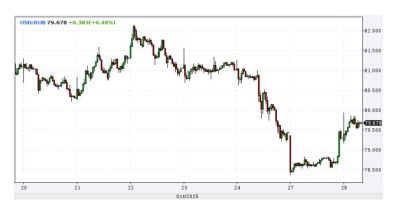
Ruble strengthens as sanctioned oil companies repatriate cash
The Russian ruble strengthened after the Trump administration imposed oil sanctions on Russia’s leading oil companies, extending a rally that began after the Biden administration imposed oil sanctions on Russia in January.
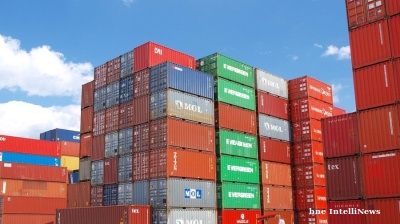
Ukraine's trade deficit doubles to $42bn putting new pressure on an already strained economy
Ukraine’s trade deficit has doubled to $42bn as exports fall and imports balloon. The balance of payments deficit is starting to turn into a serious problem that could undermine the country’s macroeconomic stability.
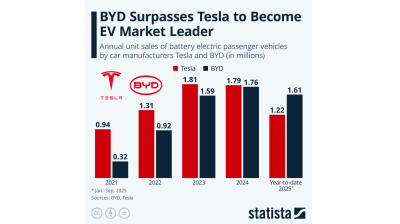
BYD surpasses Tesla to become EV market leader – Statista
While Chinese manufacturer BYD already pulled ahead of Tesla in production volume last year, with 1,777,965 battery electric vehicles (BEV) produced in 2024 (4,500 more than Tesla), the American manufacturer remained ahead in sales.
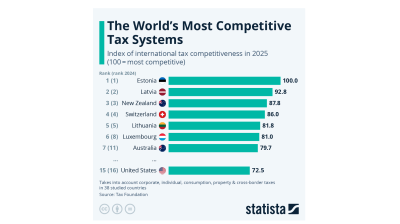
Estonia has the world’s most competitive tax systems for the 11th year in a row – STATISTA
The Tax Foundation has released its International Tax Competitiveness Index which highlights the most competitive tax rates in different countries around the world. For the 11th consecutive year, Estonia had the highest score in the index.
